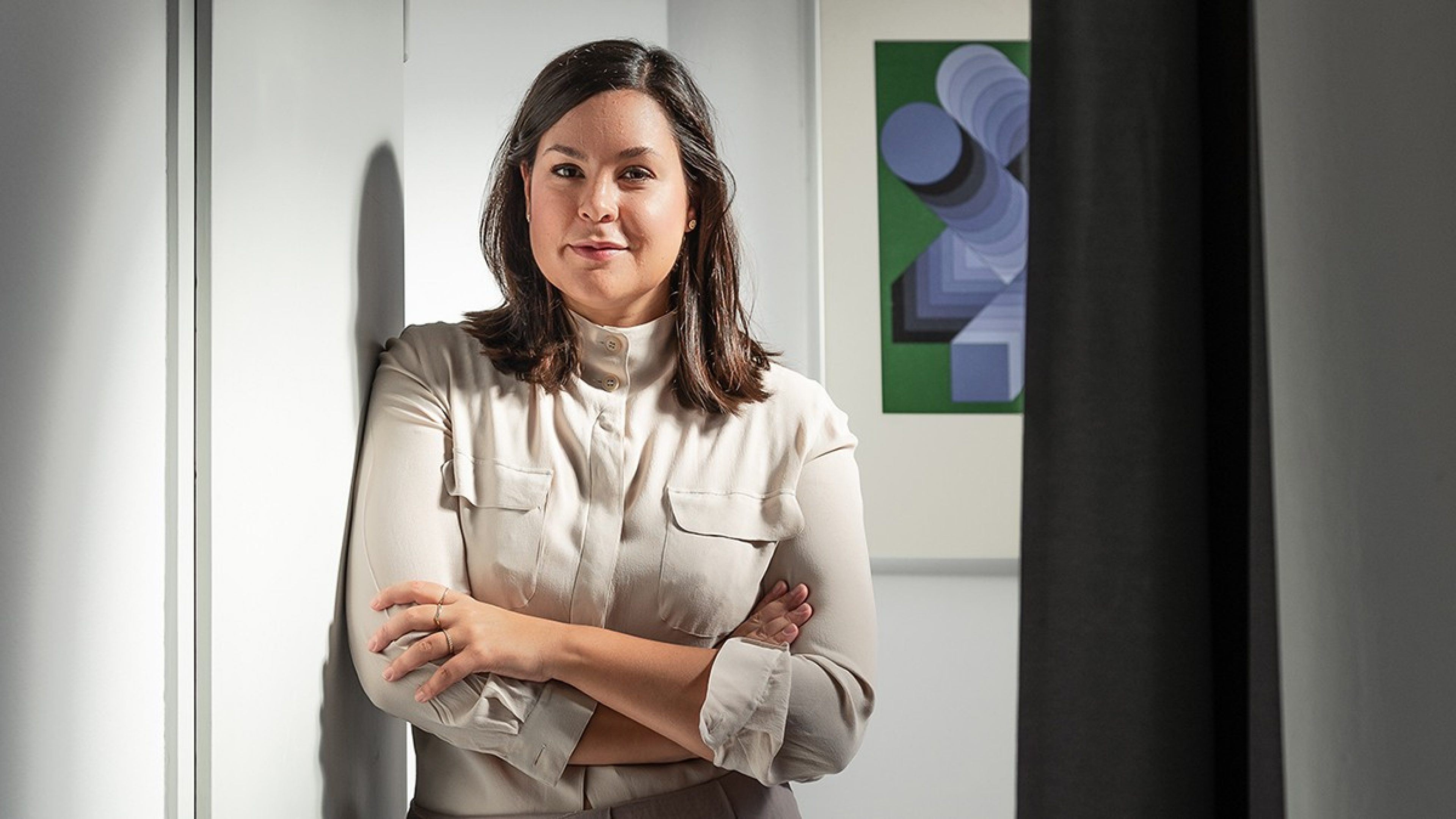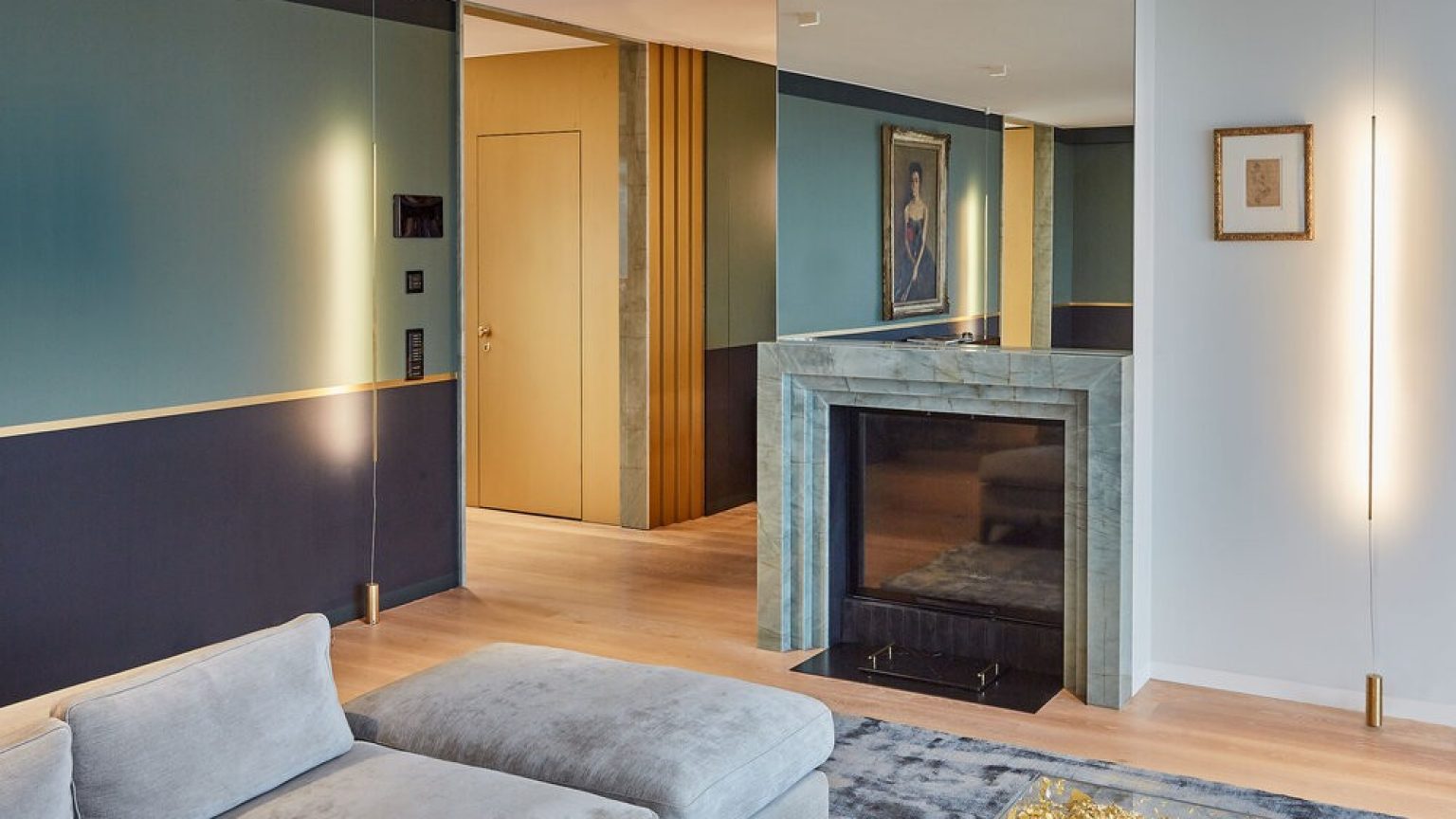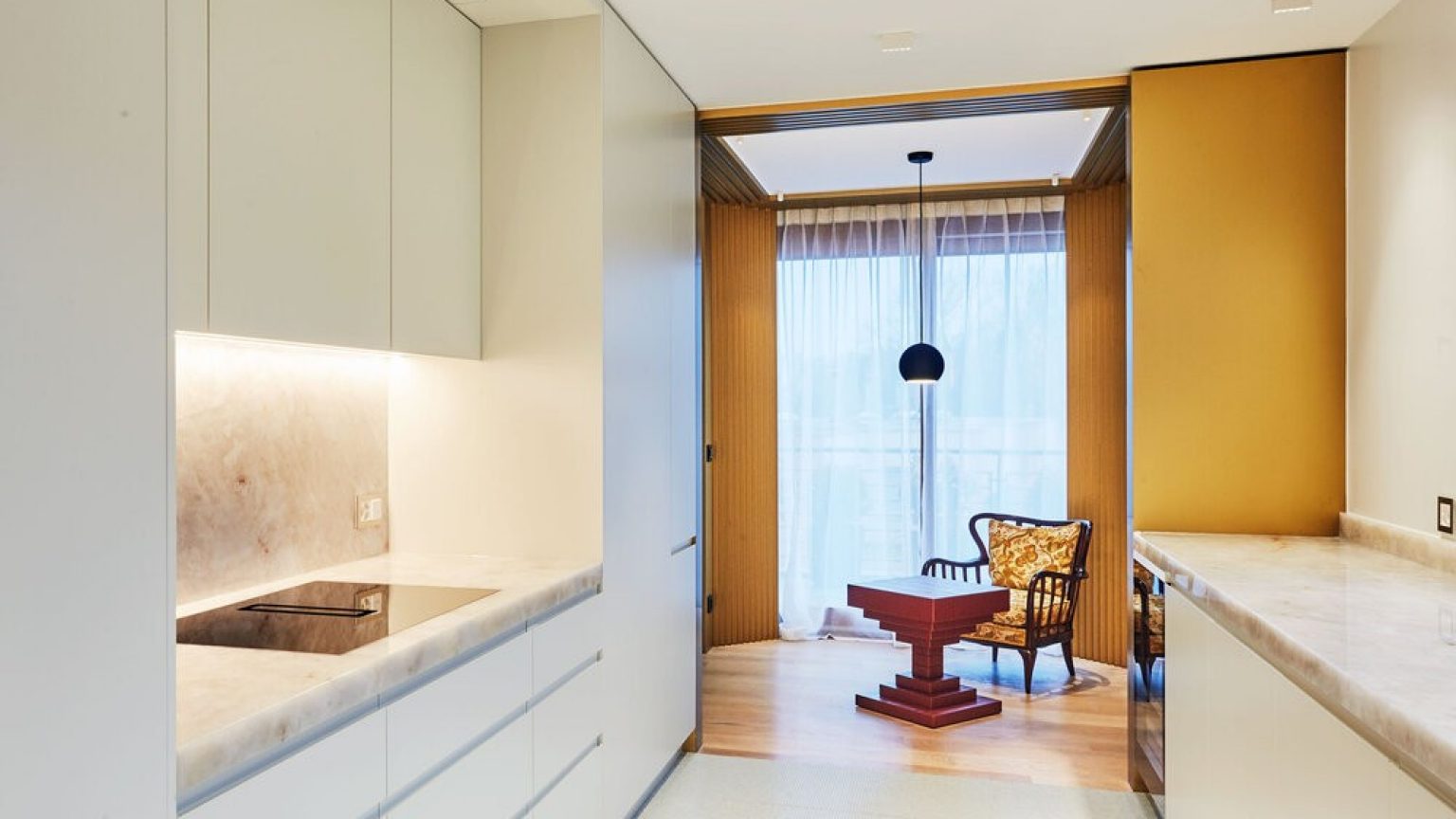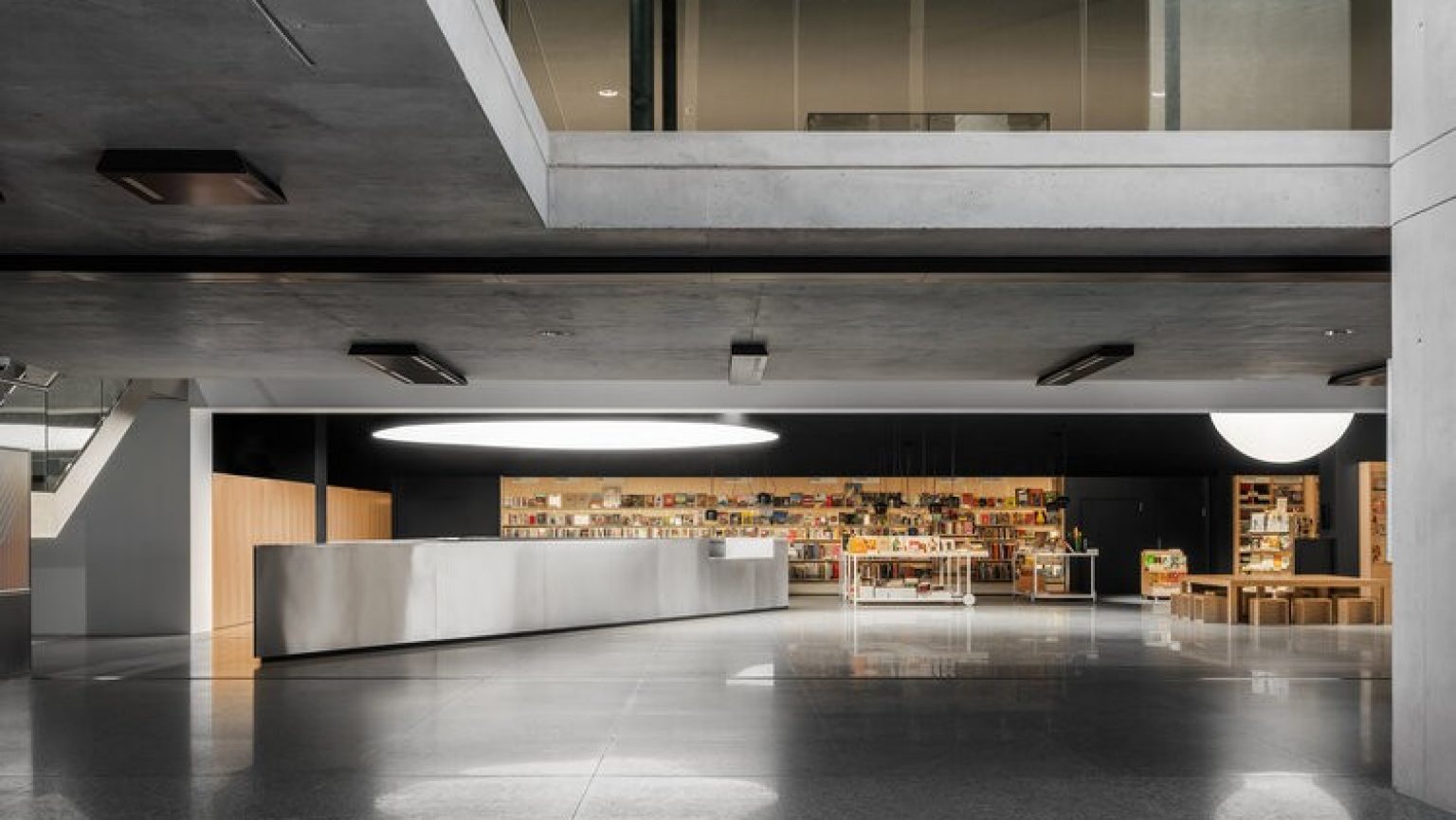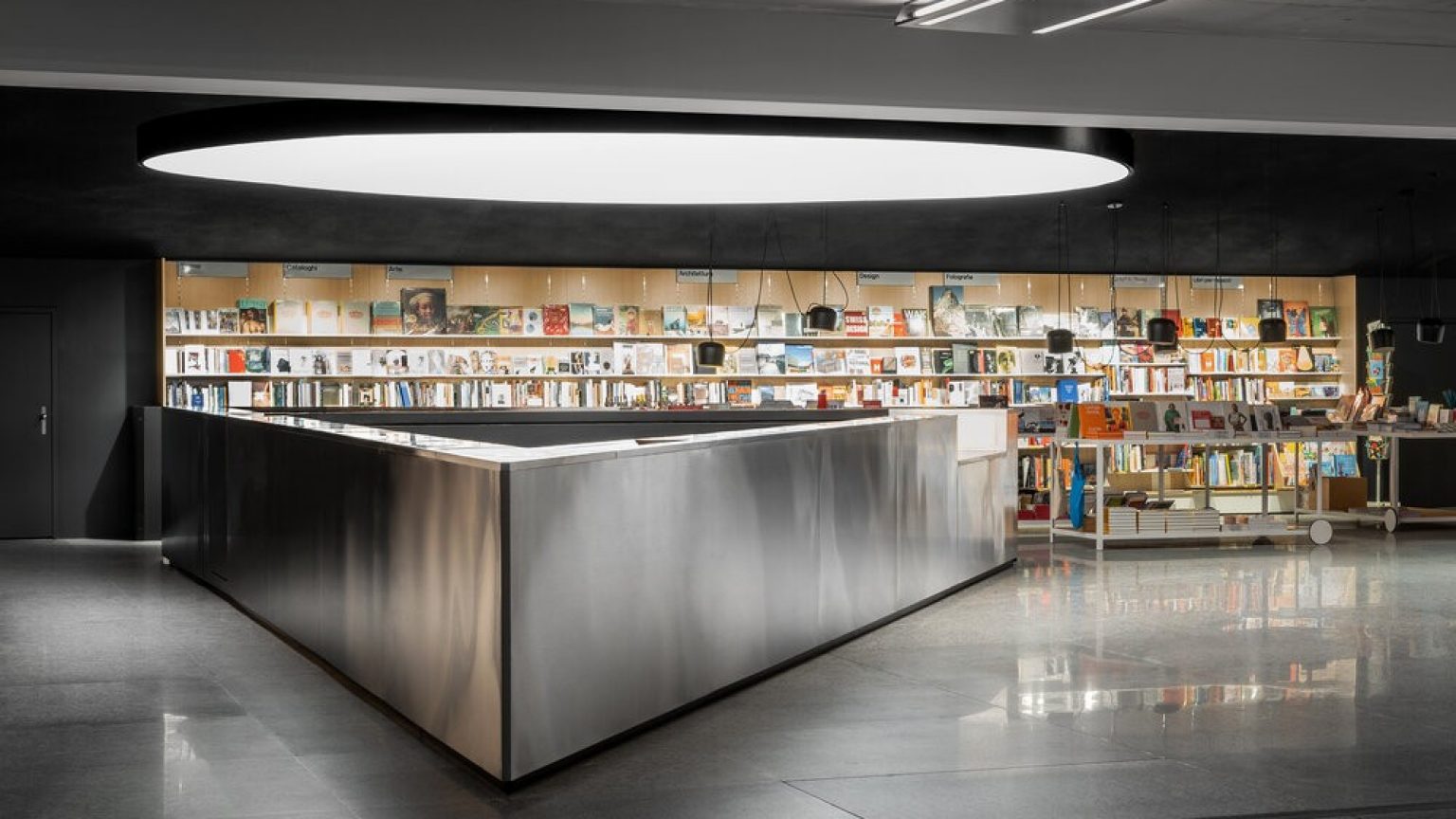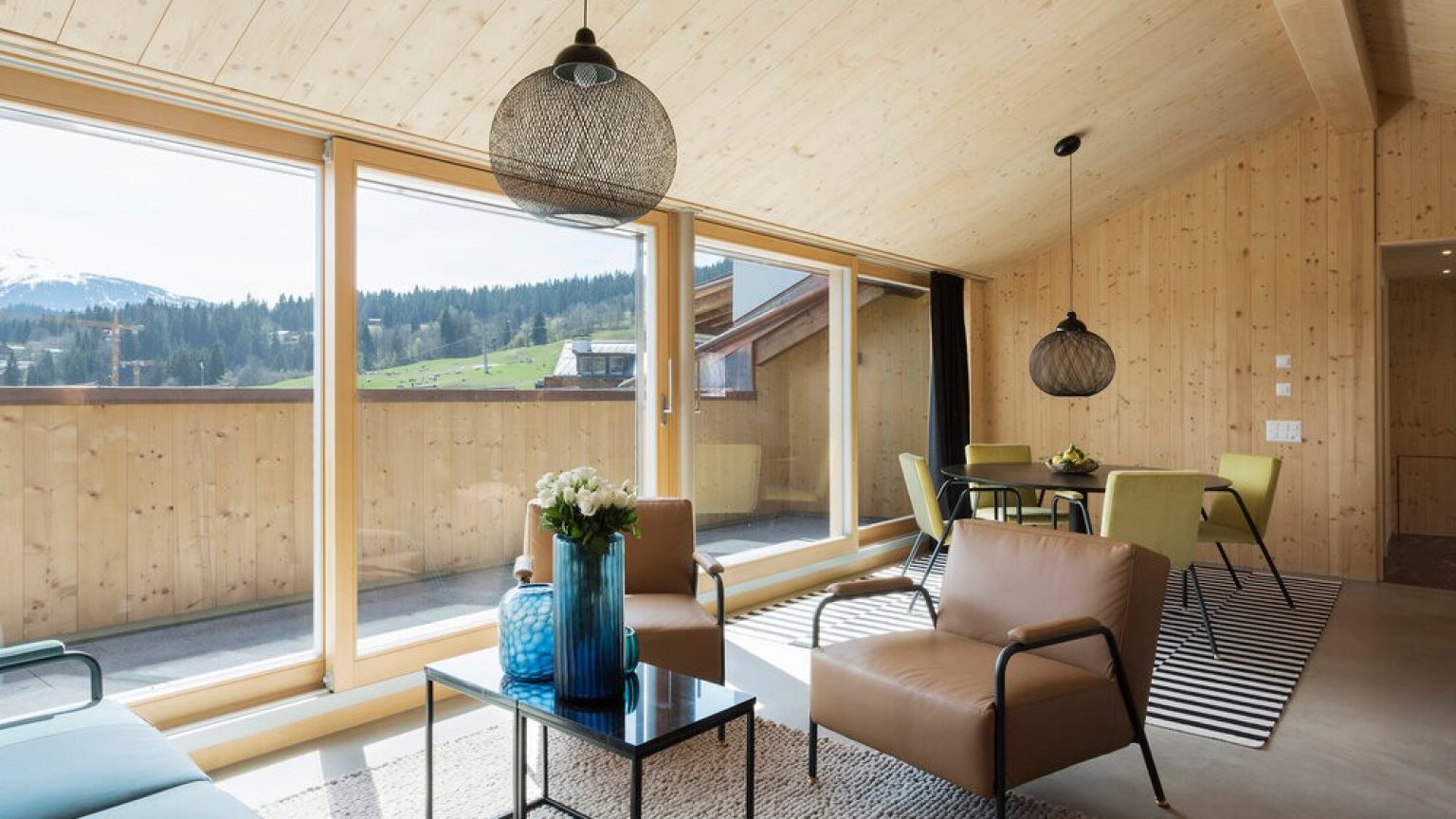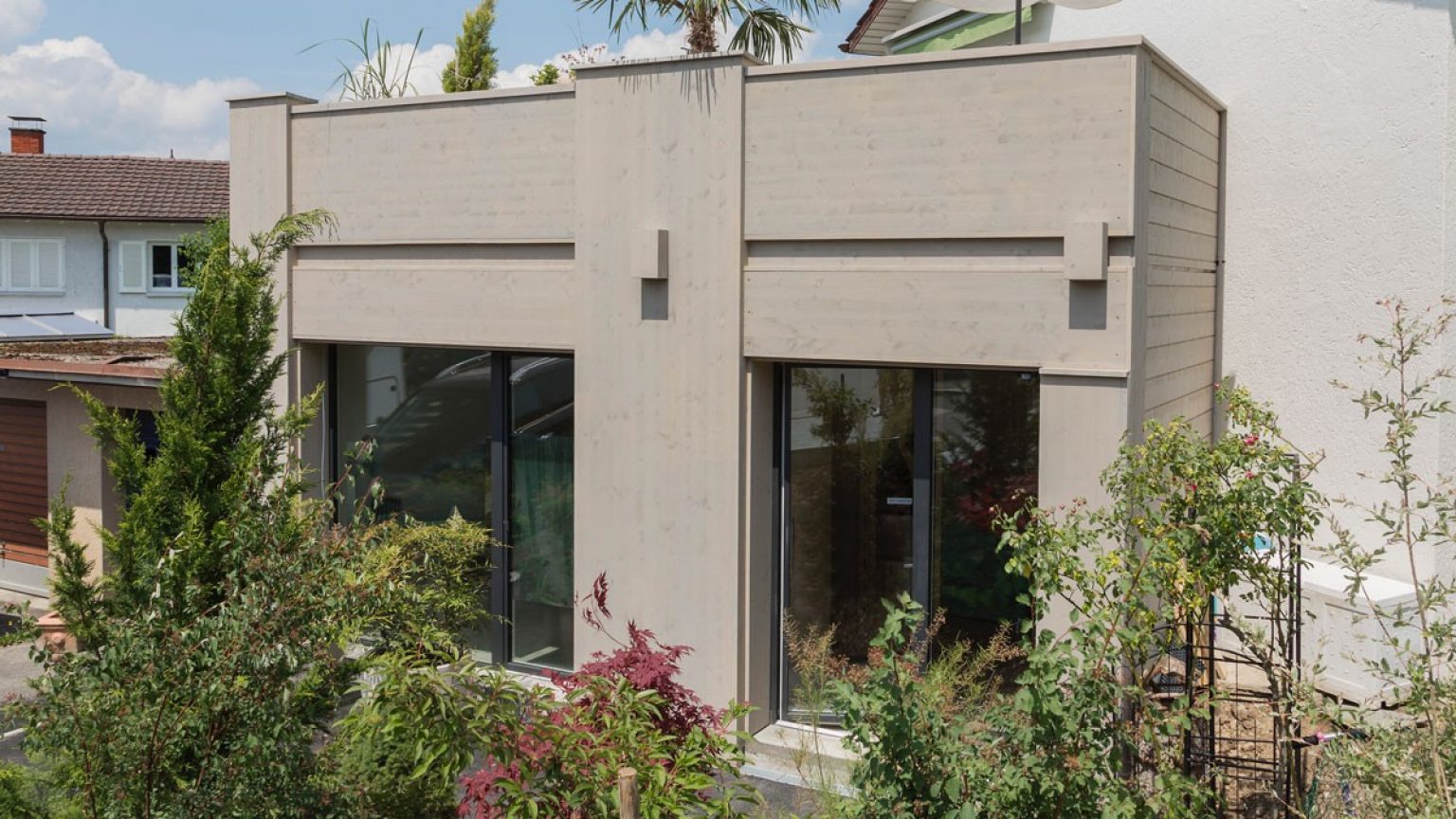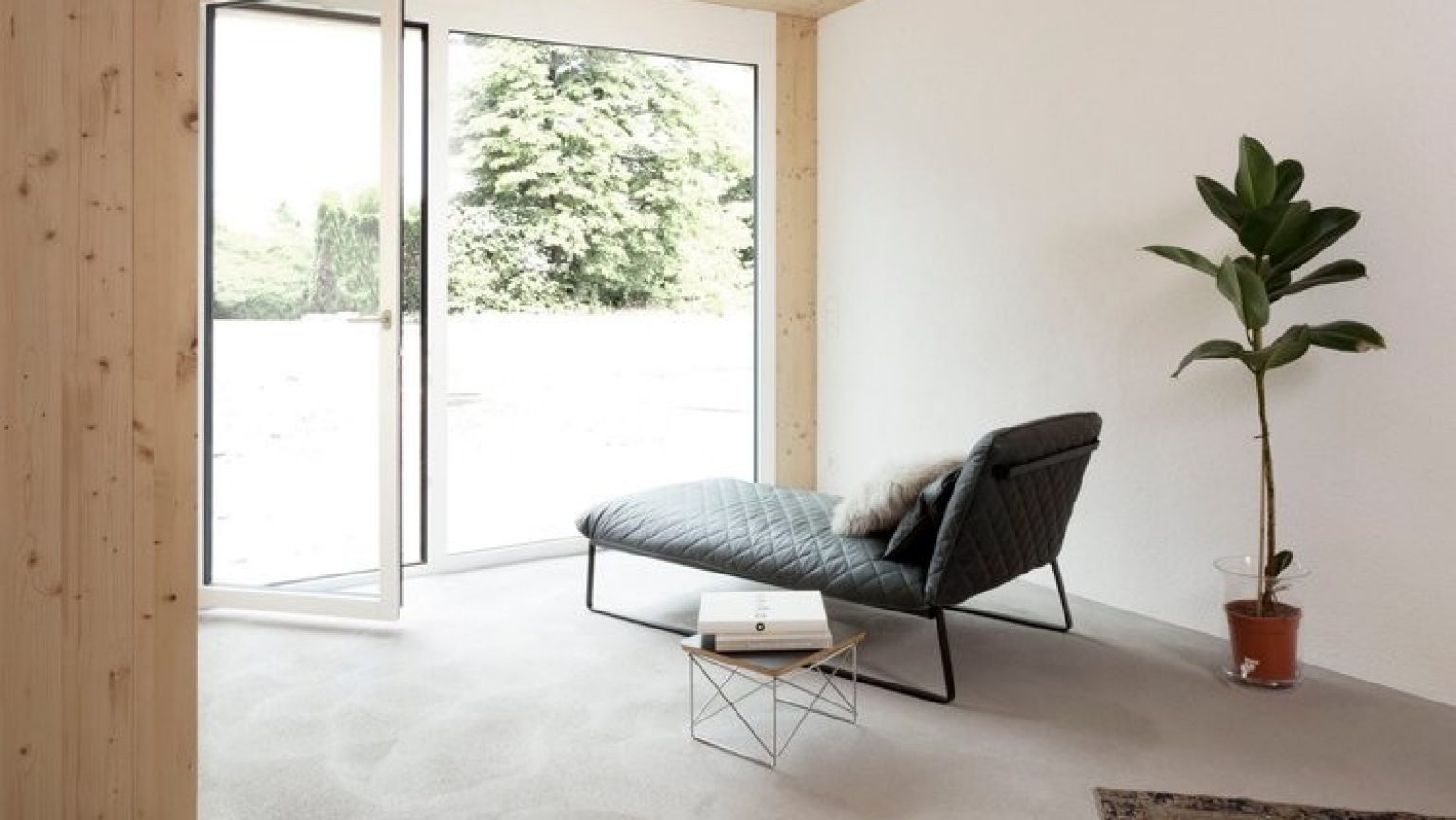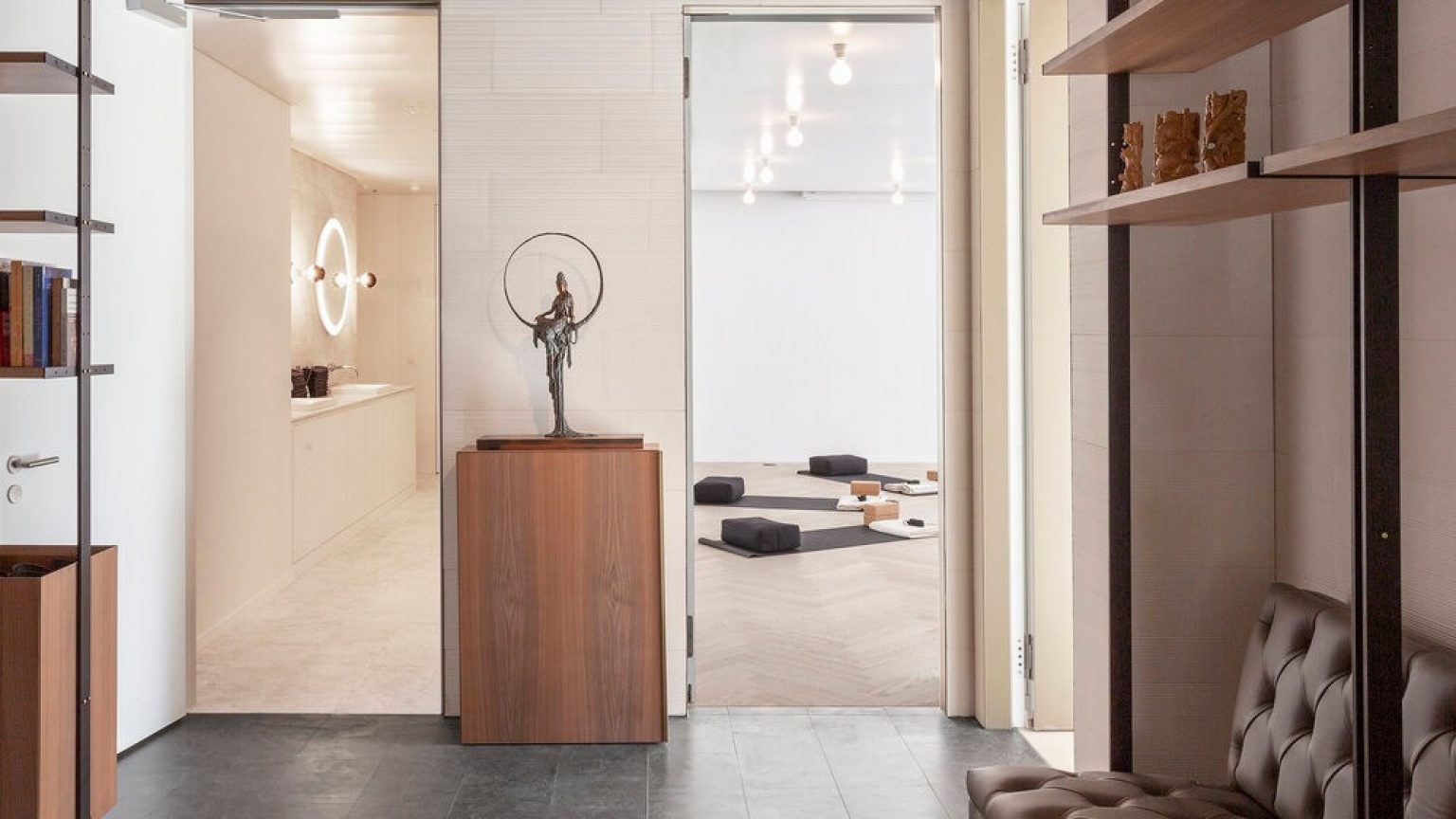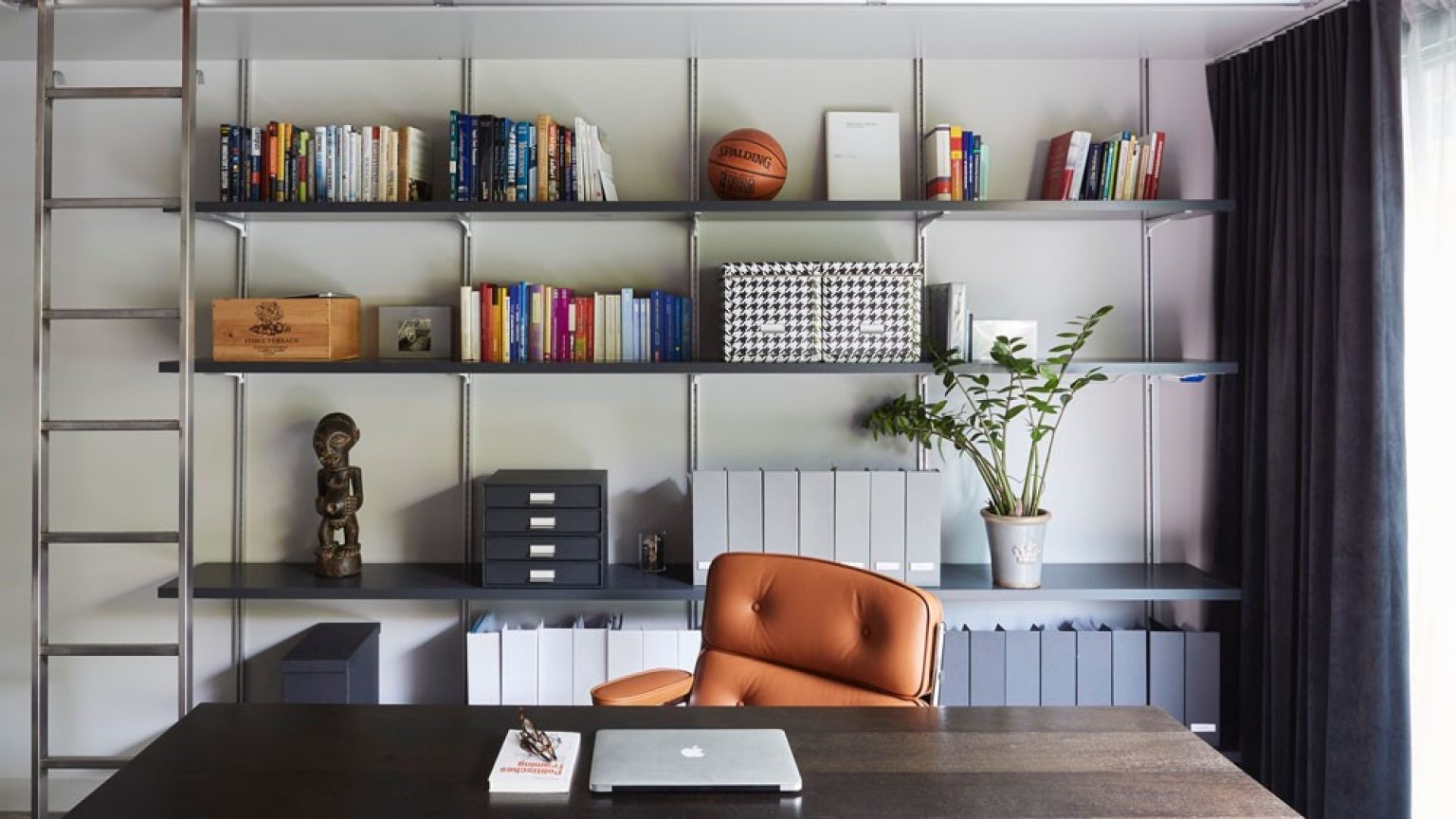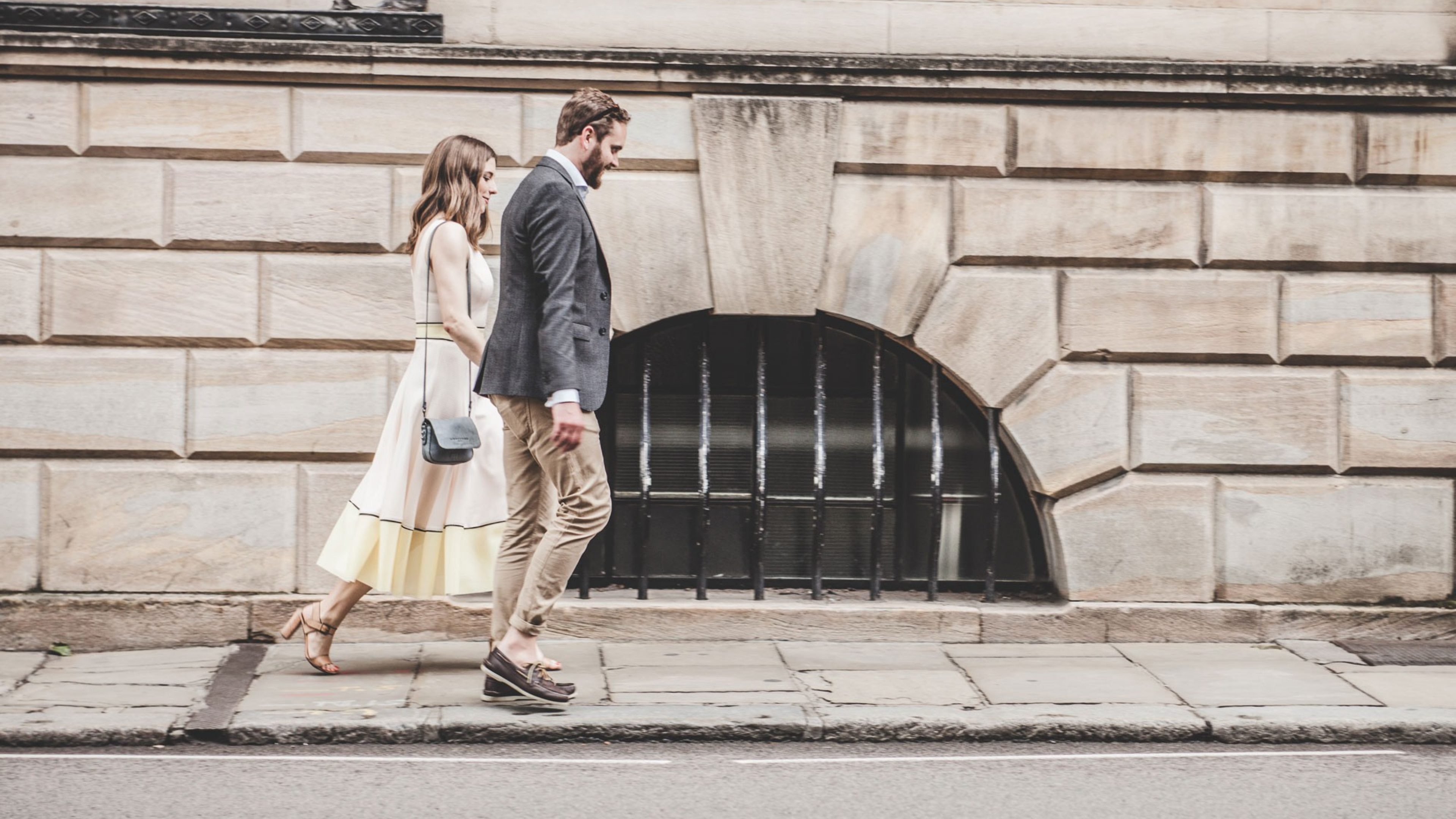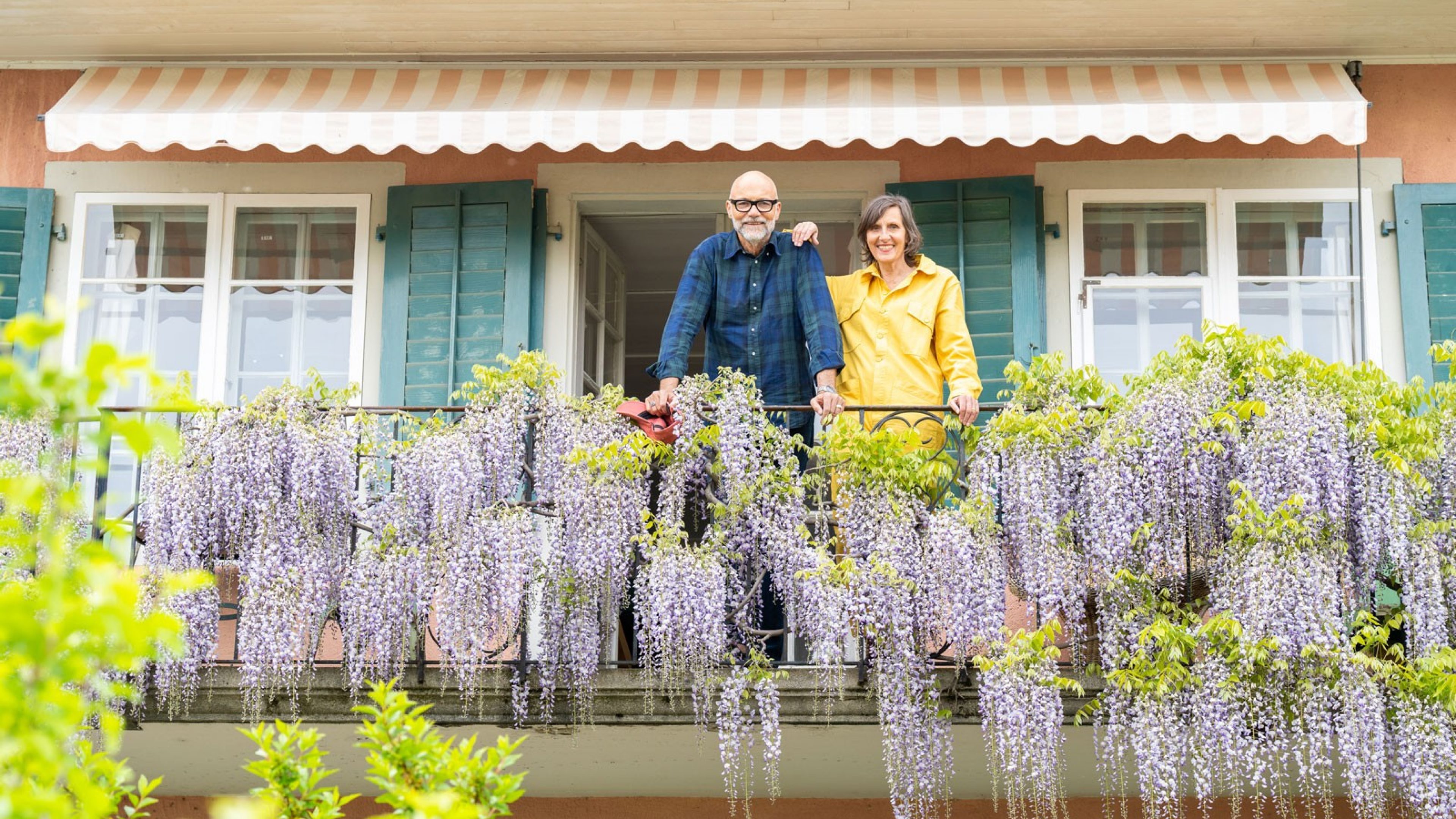Born in Ticino, Cristina Bellucci loves her creative profession of freelance architect. Now based in Zurich, she reveals in this interview what preservation of value and self-determined living means to her and shares some tips for homeowners.
For the up-and-coming architect Cristina Bellucci, there is no building that cannot be converted or renovated. “That’s actually right where my job starts. Making the seemingly impossible possible and generating sustainable living space in a highly creative way.” Fundamental to her approach is a conscious decision to prioritise quality. This results in homes that are ideally multi-generational and can be enjoyed for a long time to come.
How self-determined are you in your profession?
Cristina: Since I became self-employed, I can express myself fully. I can decide for myself – especially when it comes to the what and the how. For me, this is a must, particularly for the more creative jobs. It is important for me to be able to realise projects that reflect my values. This is the only way I can work with clients to create unique living spaces.
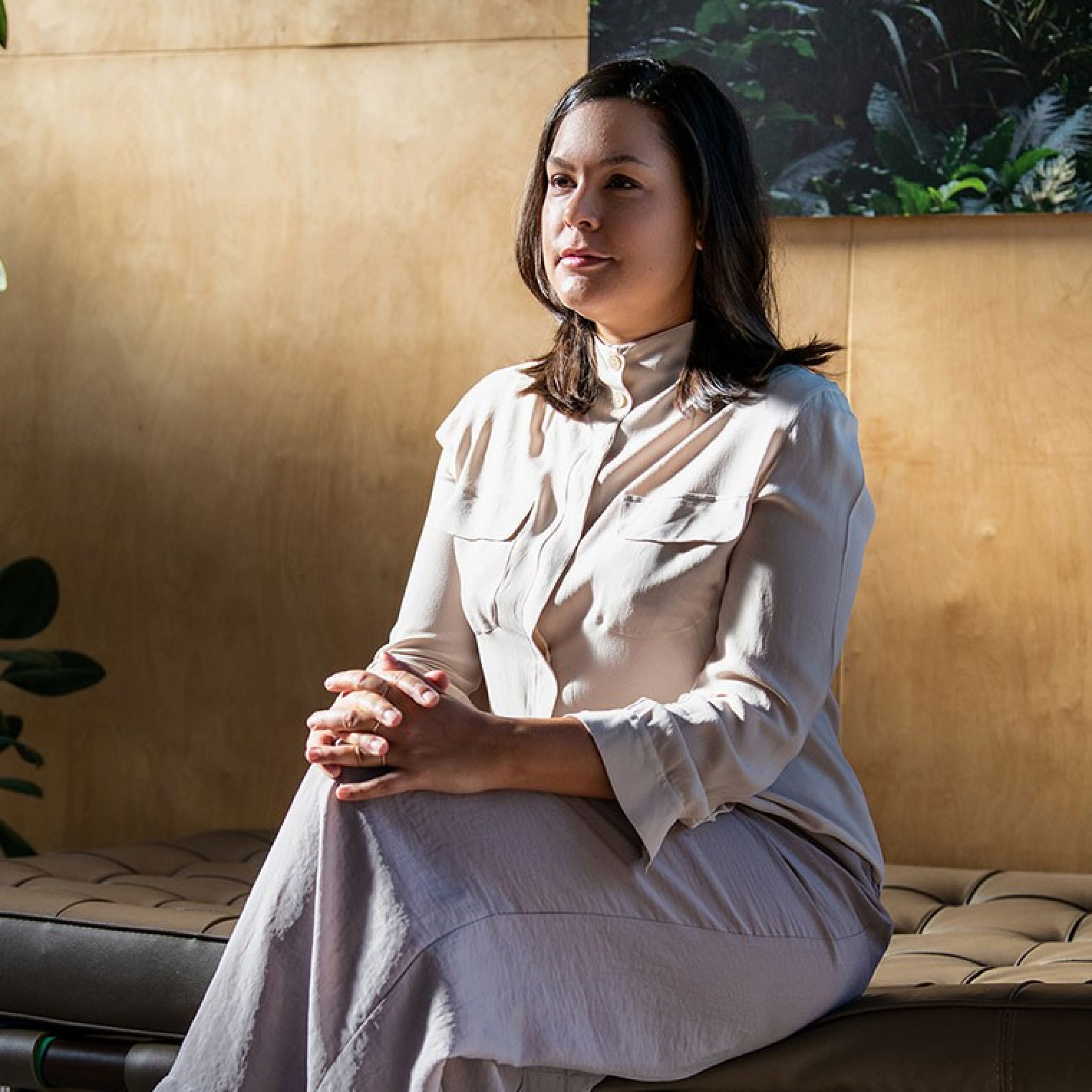
What do you think is the most beautiful property in the world? And why?
Cristina: There are countless beautiful buildings and sculptures. But for something truly exceptional, Lina Bo Bardi’s “Casa de Vidro” comes to mind. Lina Bo Bardi is a Brazilian architect who designed many beautiful buildings during the post-war period. The “Casa de Vidro”, which means “house of glass”, is her own house.
With glazing panels making up certain sections of the perimeter, the house maximizes the connection with the outdoors. You're inside but you feel like you're outside. At the same time, some rooms of the house are less exposed, ensuring privacy where needed. A wonderful detail is the tree in the middle of the house. It was there before the house was built and was integrated to form a central atrium.
Lina’s finishing touch to her house is the individually designed furniture, which is a mixture of very different styles. For me, the space and furniture complement each other to create the perfect dream home.
What do you think is the biggest faux pas in residential building?
Cristina: Badly proportioned rooms! In Switzerland, there are so many rooms that are 2.4 metres high. This is the legal minimum in Switzerland and a very restrictive height. Because comparatively speaking, it is much too low for a room. In Italian culture – which I am very familiar with, being from Ticino – the rooms are high. This creates generously proportioned rooms. But even small rooms with low ceilings can be attractive if the proportions are right. You can see this in the Niederdorf area of Zurich, for example. Some rooms there are only 2.1 metres high.
If I were allowed to decide, I would change the legal minimum height. After all, many people adhere to it, especially investors, who think from an economic perspective. Just ten or fifteen centimetres more would make a big difference. That would still be low, but not so disproportionate.
I also take issue with large-scale new builds where everything looks the same. It means that apartments and houses lose their character. They always have the same interior design: white kitchen cabinets, grey tiles and laminate flooring. The same goes for the façades – they all look the same. The lack of depth means there is no opportunity to create attractive light and shade effects. This not only impacts the building as a place to live, it also harms the cityscape, which loses charm and appeal
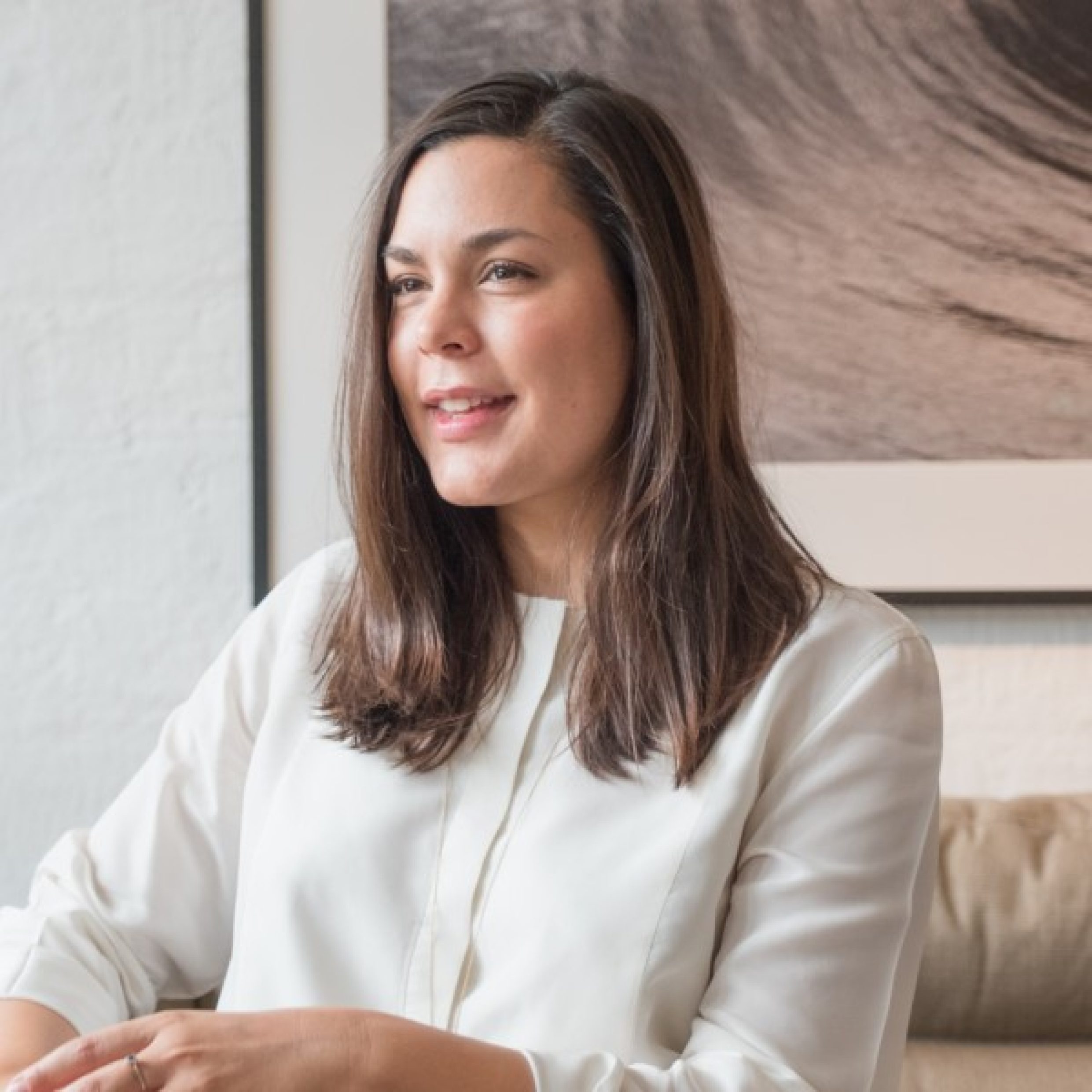
What should I bear in mind if I stop renting and buy instead?
Cristina: If you become a homeowner, you should cultivate a great love of your house or apartment. It doesn't matter what you own – it could be a tiny house or a tree hut.
For me, property is a cultural good. It's something long-term – it stays. That is why we have a certain responsibility towards our existing culture. This includes things like stucco and murals. It is important to preserve traditional building cultures and not renovate them or paint over them. Respect for culture should also be shown during conversions. I urge everyone to consider our heritage and make the most of it.
What is it important to bear in mind in conversion or building projects?
Cristina: Always choose quality over quantity! Small conversion projects are preferable to large ones on which you need to save money. If this is the case, I recommend thinking long term and planning the project in several stages so that you can keep accruing the budget for a high-quality build. The only way to create good spaces that will last and can be enjoyed for a long time is to use high-quality materials and ensure that the proportions are attractive.
Also, price should not be the only criterion when choosing a construction company. Cutting costs in the wrong place could lead to serious structural damage. You should also think carefully about the choice of architect to ensure your living space is creatively designed and not run-of-the-mill.
What tips would you give to anyone about to start a building or conversion project?
Cristina: If you are converting a property, make sure you plan carefully and for the long term. Plans are usually available. It is really important to examine and check them! Take a folding ruler to the site and check whether the wall is actually as thick as indicated or whether the distance between the walls matches the measurement provided. Check also the position of cabling and pipes to avoid any ugly surprises later.
Of course, there are building tolerances, even nowadays. For old buildings, however, the discrepancies are much greater. In those days, measurements were not yet digital. Measuring was much more approximate.
You should also set aside a sufficient contingency fund in advance. Unforeseen costs often arise in building projects. While new build projects can be more precisely defined, it is more difficult with conversions. As an architect, I budget slightly more for some items in order to have a buffer for such situations. Overall, the customer doesn’t pay any extra as it is billed according to expenses, but this way you can ensure that the figures are correct in the end.
How important is it to consider energy efficiency and sustainability when converting a property?
Cristina: It is very important – and it is becoming even more important. For me, it goes without saying and it’s something that designers and builders should be (even more) conscious of. I am glad that demand is increasing and we are seeing more of the necessary products on the market. This makes solar panels and similar sustainable products affordable and accessible for everyone, not just the elite.
For me, sustainability means durability. We are sustainable if we do not have to demolish houses or remodel them on a large scale. That’s why you should focus on quality and durability right from the start. Well-designed rooms, attractive façades and high-quality outdoor spaces – multi-generational homes in which you can live for a long time.
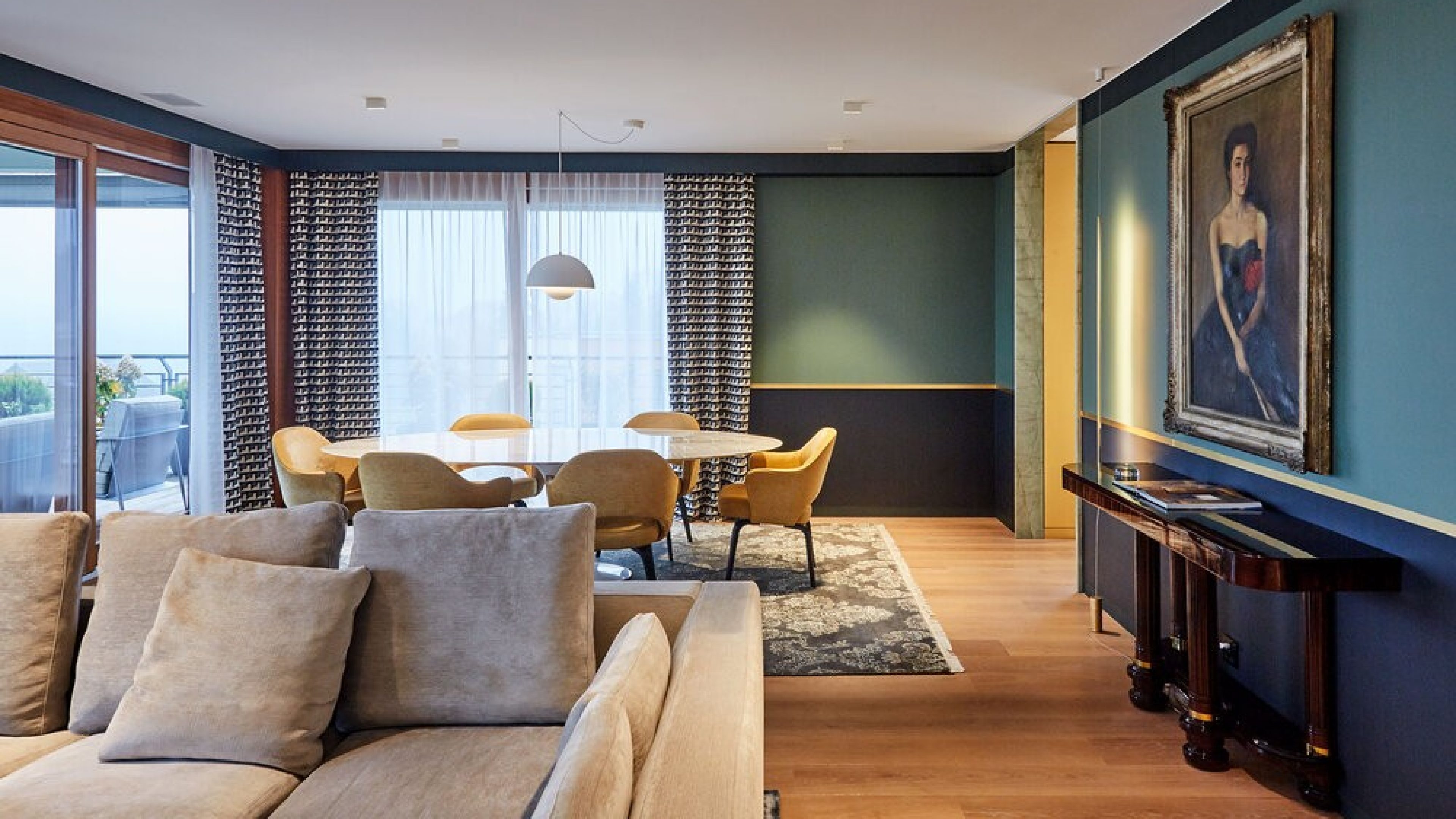
How do I finance my conversion project?
Our experts will be pleased to help you choose the financing option that’s right for you.
What can I do to maintain or even increase the value of my apartment or house?
Cristina: Try, whenever possible, to create high-quality spaces that are beautifully proportioned and based on good materials. If you get it right from the start, it will last for a hundred years. Future generations will thank us. This also contributes to sustainability.
I can only urge you to strive for as much quality and beauty as possible. The value will then increase on its own. If you do it right, you won’t have to spend money on more renovation or conversion work every 20 years.
When does it become impossible to add value by remodelling?
Cristina: Never, I hope! Because anything is possible. And that’s actually right where my job starts. Making the seemingly impossible possible and generating something sustainable in a highly creative and unique way.
Even on the busiest road you can find solutions. You just have to make a virtue out of necessity. If the necessity is less noise, the virtue is the right architecture. We know from building physics that noise spreads conically upwards. So you choose a stepped design for the house. Or you choose more substance – the more material you have, the more noise it can absorb. Or you can alter the layout so that the kitchen and bathroom – rather than the bedrooms – are on the road side. There are no limits to creativity.
How do your turn a living space into a home?
Cristina: By creating the right atmosphere on all levels and appealing to as many senses as possible. A beautiful design comprising carefully selected colours, materials and proportions satisfies our sense of sight and touch. A special room fragrance or essential oils stimulate our sense of smell. For example, I like the bedroom to smell of lavender oil and the bathroom of fresh lemon. You can also include the sense of hearing by playing relaxing music through a good sound system, which will further add to the feel-good factor. You can play around here to ensure that your living space is something special, no matter how many square metres you have at your disposal.
Focus on a few things that speak for themselves. They don’t have to be expensive or luxurious. Generosity is also important, and you can convey this even with small rooms if they are well-proportioned.
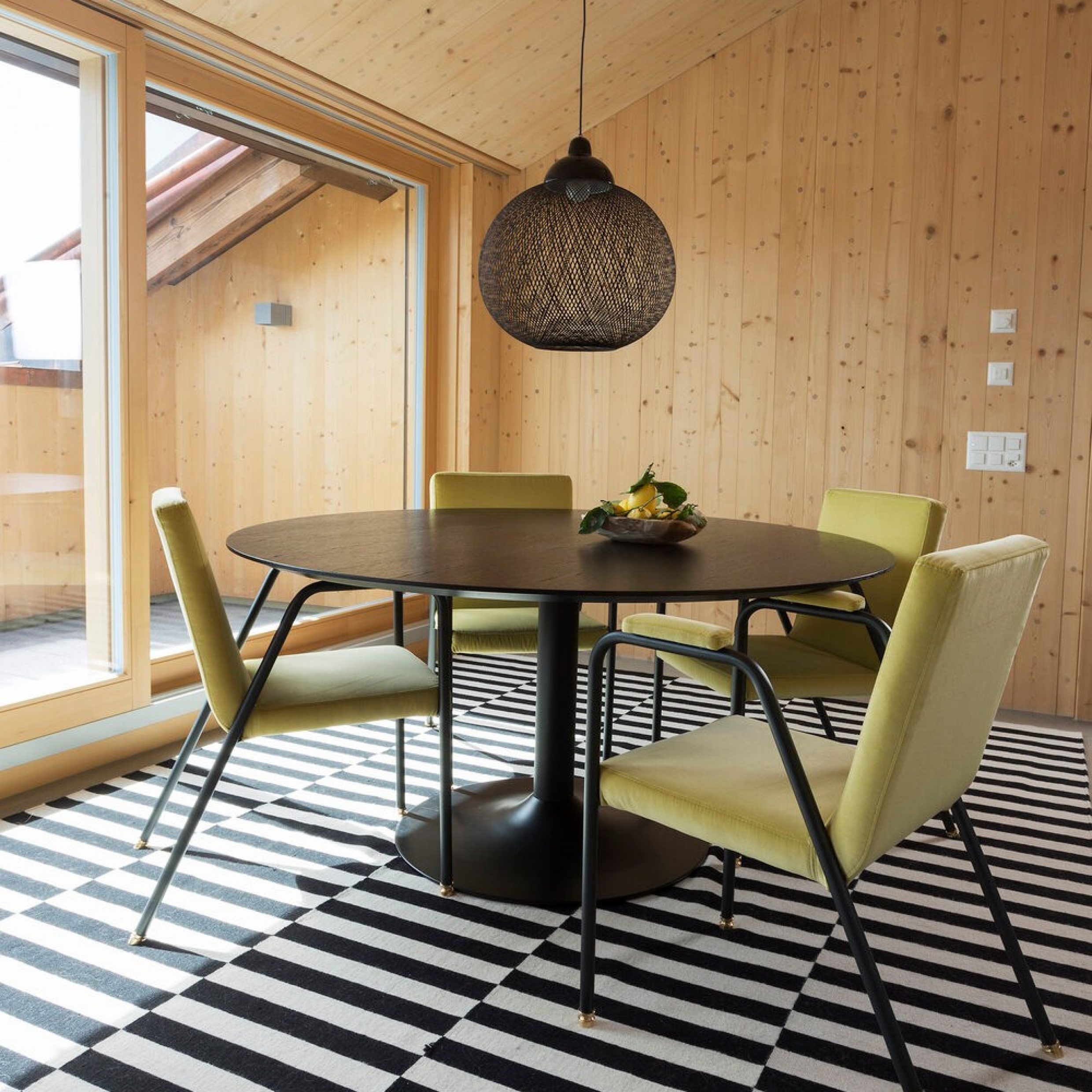
How do you think (owner-occupied) homes will change in the future?
Cristina: I think we will (have to) build more and more high-density housing. This means, amongst other things, building upwards, especially in densely populated areas. We don’t want to build outwards into even more green space and commute for longer periods. I think the more compactly we live, the greater quality we have.
And the more compactly we live, the more charming small parks and gardens become. Think of Venice: if you pass by on a boat and notice a small garden between the dense rows of houses, it appears to be quite generous. But it's maybe only 20 square metres in size. Or Idaplatz in Zurich, for example, which is known throughout the city because it is densely populated and beautifully proportioned, even though the square itself is not big.
The way we live will change more and more because there will be increasing numbers of people. Switzerland is still in a good position compared to major cities such as Sao Paulo or Shanghai. Nevertheless, living space measured in square metres will become scarcer. But the sense of generosity will not diminish. The living space will be improved by means of higher ceilings or small, private outdoor spaces.
I also believe that many new living concepts will emerge. I am thinking here of sharing concepts. If we can guarantee the privacy of individuals, there is plenty of scope here. Depending on your phase of life, you may even see this as an enrichment.

Cristina Bellucci
Cristina Bellucci completed her Master's degree in Architecture at the Swiss Federal Institute of Technology (ETH) Zurich in 2013. She gained practical experience working with the internationally renowned Swiss architect Valerio Olgiati in Flims, design experience from the design studio of Peter Märkli and experience of working abroad from a stay in Sao Paolo. Originally from Ticino, she has been working as a freelance architect since 2016. She adopts a holistic approach to her work, designing interiors and tailor-made furniture to match.
Image source: portrait images: Elisa Florian, Evgenia Pronina; architectural images: Douglas Mandry
